
Quilmes was an urban complex where about 8.000 people lived, starting from 1200 AD. They fiercely resisted the Incas and after that fought the Spanish for over 130 year but were defeated in 1667, after the Spanish succeeded in cutting off their water supply
Quilmes was an urban complex where about 8.000 people lived, starting from 1200 AD. They fiercely resisted the Incas and after that fought the Spanish for over 130 year but were defeated in 1667, after the Spanish succeeded in cutting off their water supply.
Many of them, mostly women and children, committed suicide rather than surrendering to the Spanish. The 4.000 survivors were forced to a 1.500 kilometre walk to Buenos Aires. Only 1.000 arrived. Most of the families that now live in Quilmes are the descendants of those who survived this exodus.
A small part of that ancient urban settlement, only 10% actually, was excavated in 1978. It has been beautifully restored. However, from a “mirador” you can see the whole area with some remaining walls between the omnipresent cactuses.
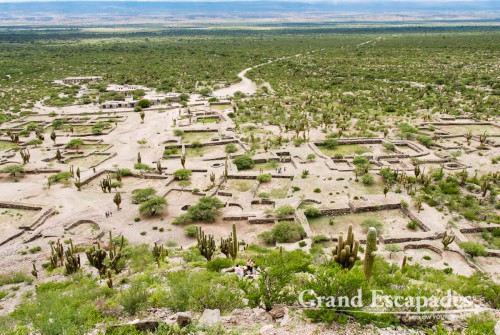
Quilmes was an urban complex where about 8.000 people lived, starting from 1200 AD. They fiercely resisted the Incas and after that fought the Spanish for over 130 year but were defeated in 1667, after the Spanish succeeded in cutting off their water supply
More than a city, this place was also a fortress overlooking the village and the whole valley, enabling the inhabitants to locate potential invaders far in advance and get ready for battle. Thanks to this, and even though the Quilmes only had bows and arrows whereas the Spanish had fire arms and horses, they could resist any invasion for a long time.
We visited the site with a guide, Ruben, who spent about 1.5 hours sharing with us the culture and the history of this town and his people. He particularly stressed the importance of the site for the local population, who consider the place as sacred, since for them it represents the resistance towards the invaders and remembers those who died fighting.
Our guide explained at length the legal issue behind the two hotels and a museum nearby: a company had a licence to build and run these, but the new governor no longer recognizes the contract. This matter is now in the hand of the courts, but the two hotels, the restaurant and the museum are now closed until the case is settled.
After leaving Quilmes, we started travelling on the famous Ruta 40, the longest road in Argentina with over 4.700 kilometres. It basically runs through all of Argentina. It starts in San Salvador de Jujuy near the border to Bolivia and passes through amazing scenery before it ends in Tierra del Fuego.
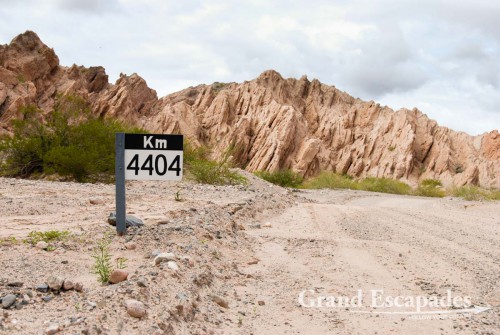
After leaving Quilmes, we started travelling on the famous Ruta 40, the longest road in Argentina with over 4.700 kilometres. It basically runs through all of Argentina. It starts in San Salvador de Jujuy near the border to Bolivia and passes through amazing scenery before it ends in Tierra del Fuego
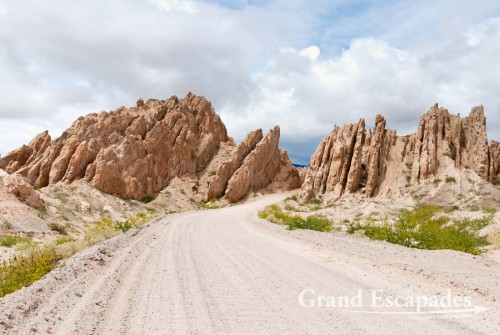
After leaving Quilmes, we started travelling on the famous Ruta 40, the longest road in Argentina with over 4.700 kilometres. It basically runs through all of Argentina. It starts in San Salvador de Jujuy near the border to Bolivia and passes through amazing scenery before it ends in Tierra del Fuego
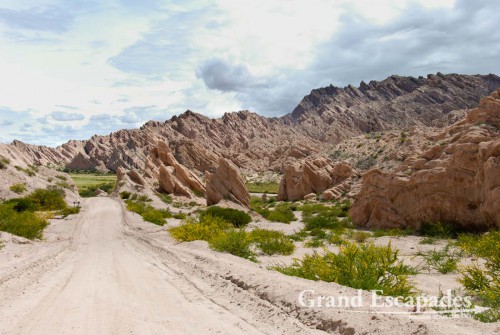
After leaving Quilmes, we started travelling on the famous Ruta 40, the longest road in Argentina with over 4.700 kilometres. It basically runs through all of Argentina. It starts in San Salvador de Jujuy near the border to Bolivia and passes through amazing scenery before it ends in Tierra del Fuego

After leaving Quilmes, we started travelling on the famous Ruta 40, the longest road in Argentina with over 4.700 kilometres. It basically runs through all of Argentina. It starts in San Salvador de Jujuy near the border to Bolivia and passes through amazing scenery before it ends in Tierra del Fuego
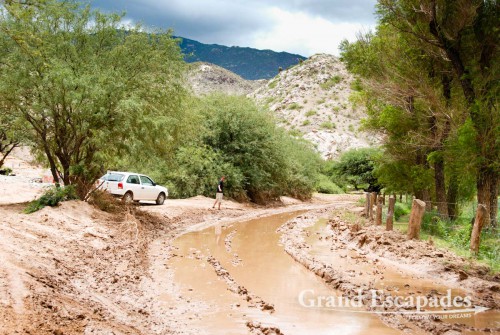
After leaving Quilmes, we started travelling on the famous Ruta 40, the longest road in Argentina with over 4.700 kilometres. It basically runs through all of Argentina. It starts in San Salvador de Jujuy near the border to Bolivia and passes through amazing scenery before it ends in Tierra del Fuego
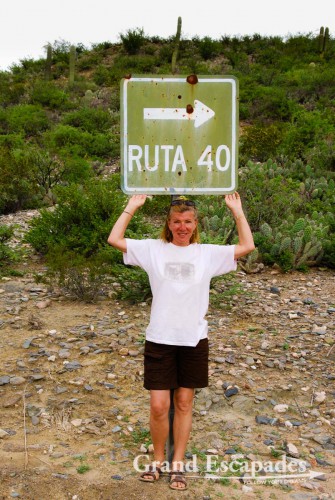
After leaving Quilmes, we started travelling on the famous Ruta 40, the longest road in Argentina with over 4.700 kilometres. It basically runs through all of Argentina. It starts in San Salvador de Jujuy near the border to Bolivia and passes through amazing scenery before it ends in Tierra del Fuego

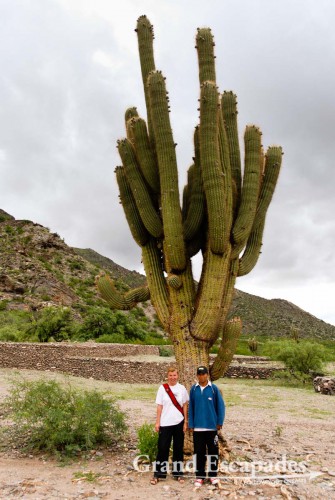
No comments yet.